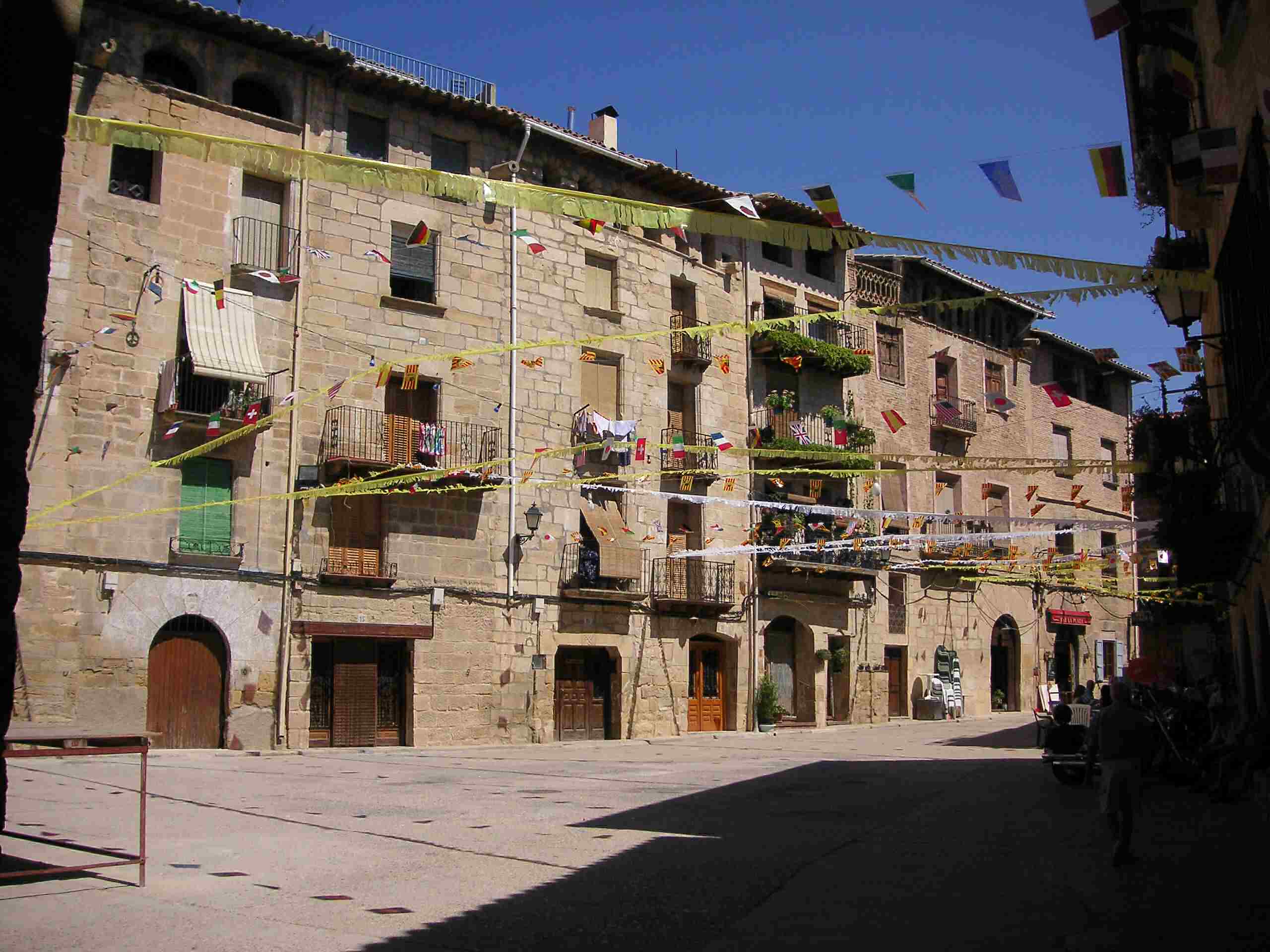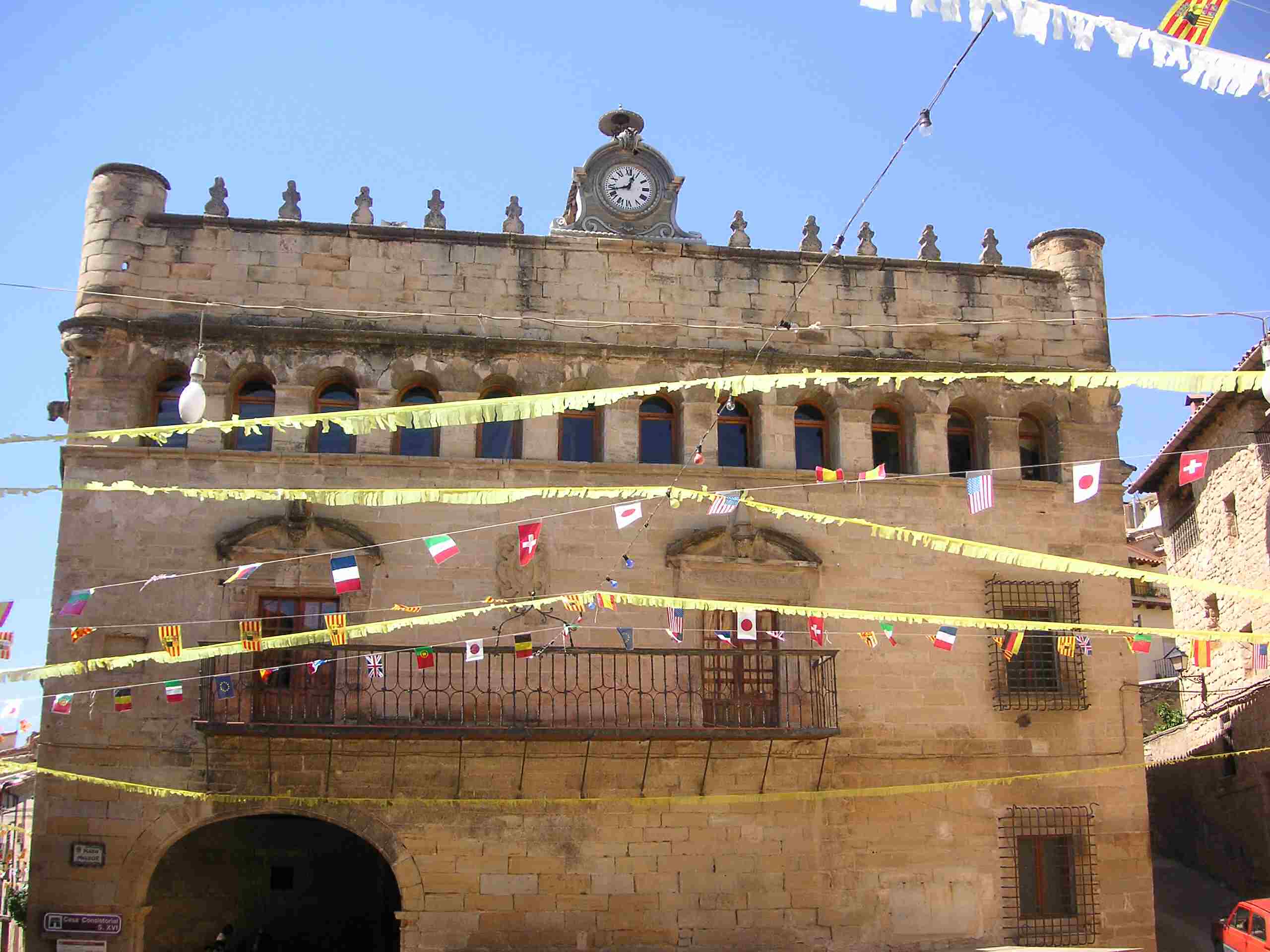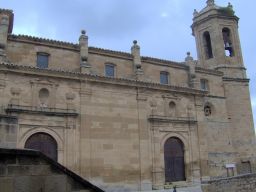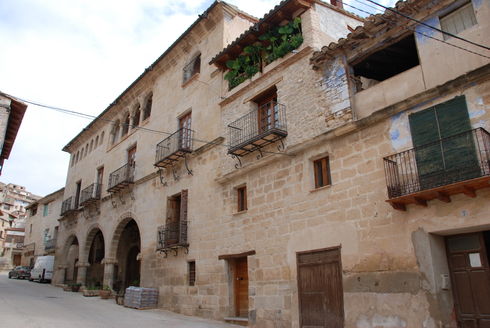|
History
The city was conquered in 1170 by Alfonso I and was part of the large donation that the monarch was in the order of Calatrava.
On December 14, 1283, by a document signed in Zaragoza, King Peter III will concede to Freixneda the title of city.
After the death of Charles of Aragon, in July 1462, the commander of the Freixneda, with the help of local inhabitants, attacked the town of
Calaceit, fervent partisan of the prince. In 1643, during the war Segadors troops opposed to Philip IV of Castile laid siege to the city.
During the War of Spanish Succession in 1706, the city was in the hands of the Austrian army. During the First Carlist War,
General Ramón Cabrera grabbed the Freixneda. At the end of 1839, Cabrera, before abandoning the Freixneda, the castle was destroyed
and some buildings fortified to prevent their use by the troops of Maria Christina of Bourbon. In 1911 the Center has established the
Republic of Freixneda and five years later was created the Worker Center, who first joined the Socialist Party and became independent after.
The owners, meanwhile, founded the Catholic Agricultural Union, in an attempt to oppose the assembly worker. In 1918 began the construction of
the house of the Freixnedana Joventut (Youth La Fresneda). In 1923, the Worker Center was closed by government order and could not open until
late 1925. In 1929 is created within the Worker Center, the art group. In 1931, the Worker Center was controlled by the CNT and, when occurred
the uprising of 1933, December 8, his place was ransacked. In 1936 the Freixneda remained faithful to the Republic and formed the Revolutionary
Committee. We ordered the collectivization of land and the abolition of state money, which was replaced by a local currency. At the end of the
civil war of 1936-39 many people emigrated between 1939 and 1947 are registered movements of guerrilla skirmishes in the region.
Monuments
- The council has a remarkable renaissance style building with a large wrought-iron balconies and gargoyles zoomorphic beyond the roof. It retains some elements of Gothic style final.

- The parish church of Santa María la Mayor, rises above the whole city. Is a magnificent Baroque building of the sixteenth century.

- La iglesia de Santa María la Mayor, esta arriba de todo el casco urbano. Es un hermoso edificio baroco del siglo XVIe .

- The Palace of Encomienda is a sixteenth-century building where the commander resided and belonged to the Order of Calatrava. The facade is stone, which has taken a golden color.
Above the door there is the shield of arms. The first floor has four large balconies with wrought iron railings.

|